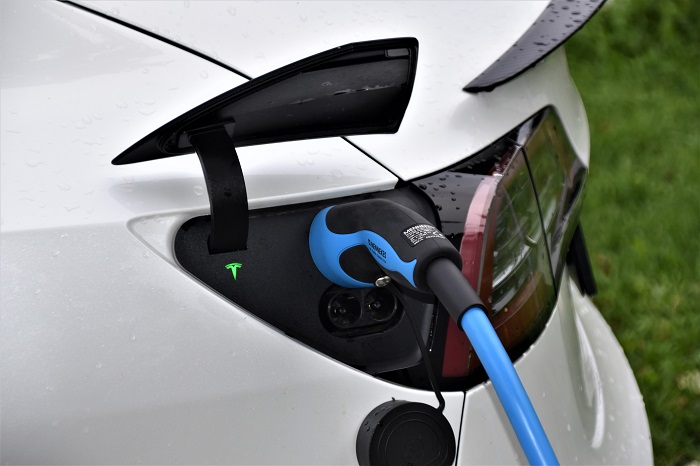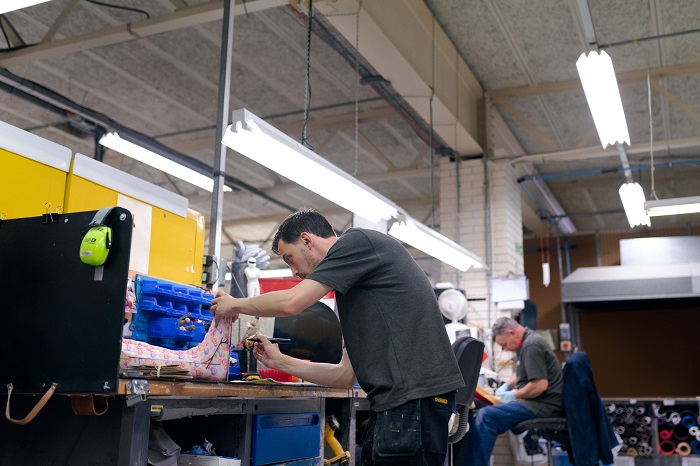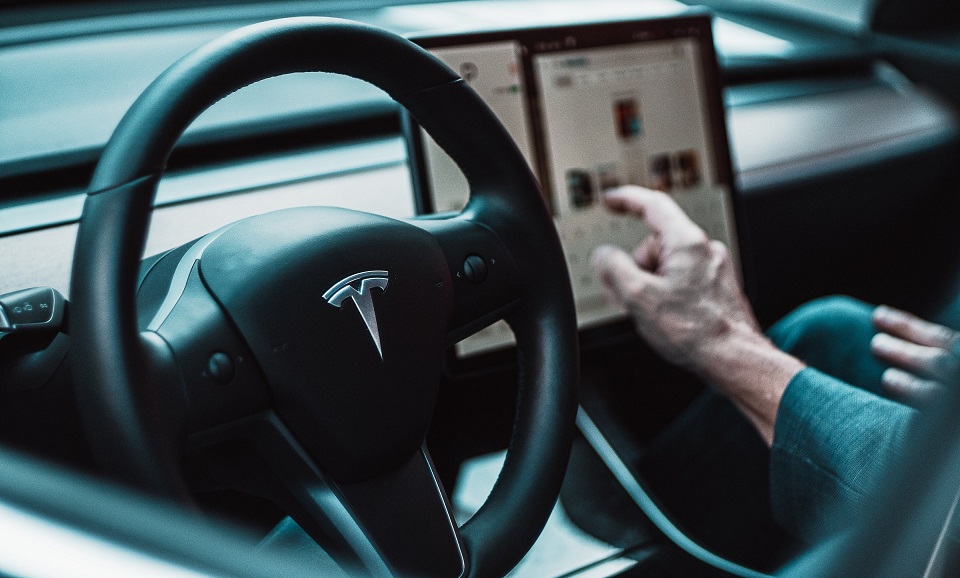You are sitting in your car with your hands are on the steering, your smartphone connected to the vehicle’s audio system is playing some of your favorite lo-fi edits as you speed down the countryside, away from the tangled, blaring noise of the city, enjoying a clear sunset. Refreshing and a memory worth reliving, isn’t it? Ask the atmosphere, it has something different to tell.
Although the invention of diesel and petrol motors revolutionized the way we commute, it is now becoming a global problem than being a solution. If you leave aside the plastics, covers, rubber, glass, paints, or even the metal framework of old discarded cars, which are a source of massive environmental pollution, the bigger problem of air pollution comes into the picture. In a world of 7.8 billion people, there are 1.4 billion vehicles on roads, responsible for 30 % of the pollution.

However, the light at the end of the tunnel is that many governments around the world are now bringing in various laws that make the production and purchasing of electric cars more affordable. Due to reduced problems regarding oils, increased prices of petrol and diesel, and government subsidies, consumers are now shifting towards electric vehicles as well, creating demands that automobile companies will jump in to cater to. According to a report by BloomergNEF, although EVs constitute only 3% now, it will hit 10% of global passenger vehicle sales in 2025. In the next five years after 2025, the number will rise to 28% in 2030 and 58% in 2040.

So, what does this exponential growth mean for engineering students? It means that it will bring in a massive need for engineers from various fields. And in countries like India where EV sales are still in infancy, the demand will be huge as multiple companies will dive in to have a grip on the market. We need to understand that Electric Vehicles are not like typical passenger vehicles that need only a handful of engineers from a particular domain to roll out a shining car. To run an EV on a road, we need a team of engineers that will find solutions to separate problems and will make all the four wheels run together.
As already made clear, it is not like if you are in a particular branch, then only you will be able to enter the market as a working professional. For example, you need technology such as vehicle lighting and visual displays, as well as air-conditioning and heating systems, along with transferring electricity from battery to motor, which needs a team of electrical engineers. To improve battery performance in Electric Vehicles and look after optimal battery design and usage, you need chemical engineers. Electronics engineers will look after the control systems of the vehicle, while the team of industrial engineers will be responsible for implementing newer and efficient technologies to speed up the production and increase the efficiency of the production belt.

Apart from that, no one can deny the role of software developers on board the EV production team, as EVs are heavily dependent on computers for their movement, battery usage, and integrating all the parts. Other members of the group would comprise of mechanical engineers who are responsible for designing and developing machines, engines, tools, and systems that EVs use, and material engineers who will develop, process, and test substances used in EVs.

Apart from engineers, interior designers, aerodynamics specialists, mechanical drafters, Commercial and Industrial Designers, maintenance engineers will also be in heavy demand as EVs need to be designed and produced as optimally as possible, putting the least load on the battery. After all, EVs have an average mileage of around 300 km per full charge, beating their petrol and diesel competitors by a large margin.


















